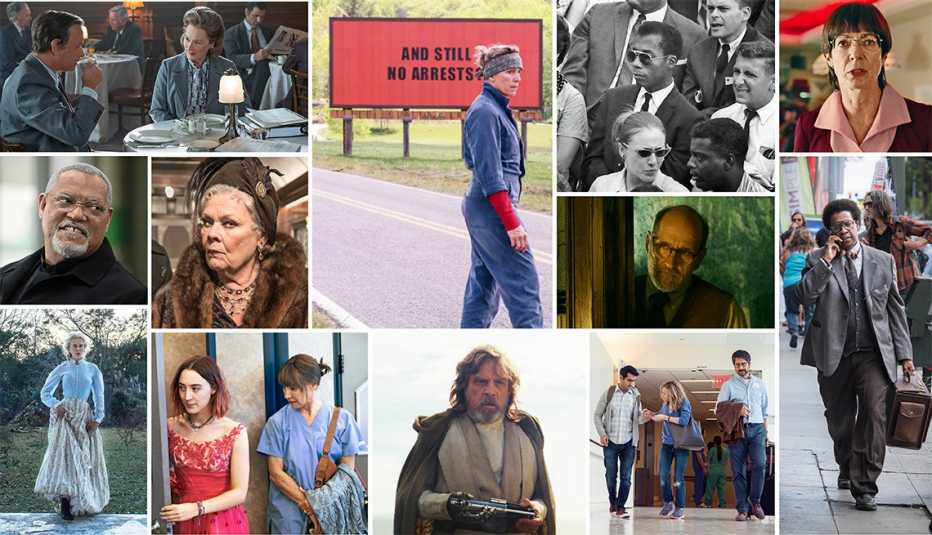Staying Fit
2017 may have been a smashing year for grownups in the movies — more than half of the major acting nominees at this year’s Academy Awards are older than 50 — but it wasn’t a great year for the movie business overall.
The number of tickets sold last year dropped to the lowest level in nearly a quarter-century, according to the National Association of Theatre Owners, the trade association that represents 33,000 theaters in the U.S. In 2017, movie theaters sold 1.23 billion tickets, down more than 6 percent from 2016, and the lowest number of tickets sold since 1993, when the original Jurassic Park topped the yearly box office and theaters saw 1.24 billion admissions. Movie theater attendance peaked at a record high of 1.57 billion in 2002, powered by hits like The Lord of the Rings and Spider-Man, and has been on a steady slide since.


AARP Membership— $12 for your first year when you sign up for Automatic Renewal
Get instant access to members-only products and hundreds of discounts, a free second membership, and a subscription to AARP the Magazine.
The drop in attendance last year was mitigated — for theater owners, if not moviegoers — by an uptick in ticket prices, which averaged $8.93, an increase of nearly 4 percent from 2016’s $8.65 average. Though that’s a record high for movie prices, it might sound low to moviegoers in bigger cities, where a ticket for a night at the movies can set you back nearly twice that amount, especially for movies shown in 3-D or big-screen Imax formats.
The overall annual average takes into account tickets for lower-priced matinees and discounts for seniors and children. In fact, when adjusted for inflation, the average ticket price is actually lower than 40 years ago: In 1977, when the first Star Wars movie hit theaters, the average movie ticket cost $2.23, or $9.40 today, adjusted for inflation.
The discouraging numbers come as the moviegoing experience is rapidly changing. Streaming services such as Netflix and Amazon Prime have made staying home for entertainment a more attractive option, and start-ups such as MoviePass, which offers subscribers unlimited movie tickets for a monthly fee of $9.99, are exploding in popularity. MoviePass, which dramatically altered its pricing structure last year (dropping the monthly fee from $50), now boasts more than 1.5 million subscribers.
Theater chains are trying to get in on the discount action. Cinemark, which owns 500 theaters around the U.S., unveiled its own subscription service, called MovieClub, last month. For $8.99 a month, subscribers can see one movie and receive 20 percent off all concessions. As with MoviePass, films shown in 3-D are excluded. AMC Theatres, one of the largest chains and a vocal critic of the MoviePass business model, now offers $5 tickets on Tuesdays to those who join the company’s free AMC Stubs e-mail program. And AARP members can get discounts at Regal Cinemas when they buy their tickets online.


































































